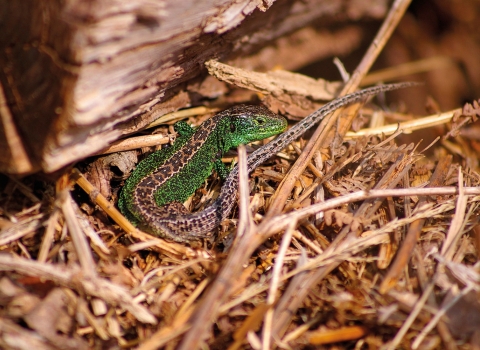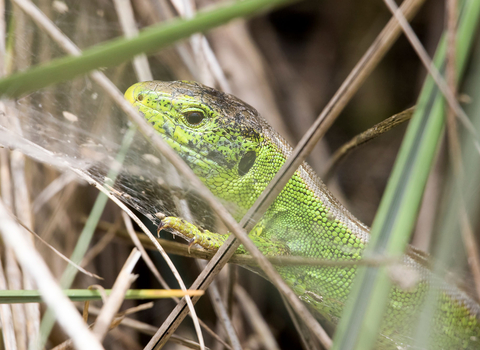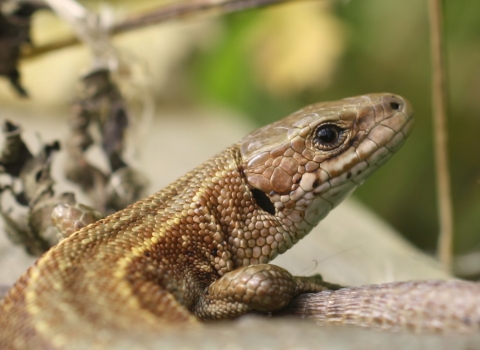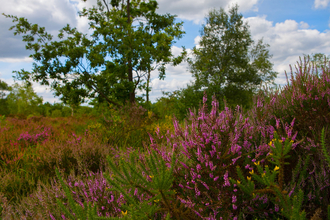Spectacular & shy
There are six native species of reptile in the UK, three lizard species and three snake species. Read about these interesting animals and have a look at where you could be lucky enough to spot one yourself!
Reptiles are fascinating animals, that can sometimes sadly be forgotten about when talking about interesting and exciting UK wildlife.
They have evolved from prehistoric beginnings to the animals you see today and the variety is astonishing. Most lay eggs, but some give birth to live young, they live in an array of habitats and, contrary to general expectations, are often quite shy.
Perhaps you might be lucky enough to come across one basking on a rock to warm themselves on a Surrey heathland, or maybe you'll need to do a little more searching. However, these creatures are more than worth the wait to see. Sadly, due to loss of habitat, both smooth snakes and sand lizards are very rare, which makes a sighting even more spectacular. It's so important that we protect important habitats to ensure that we do not lose our native reptiles.
Our native snakes
We have 3 species of native snake in the UK. All are shy and illusive, so you'll have to be quiet and tread carefully if you go in search of them.
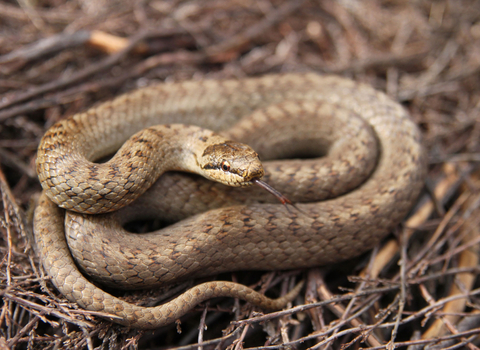
© Steve Davis
Smooth snake
The rare smooth snake can only be found at a few heathland sites in the UK, several of which are in Surrey. It looks a bit like an adder, but lacks the distinctive zig-zag pattern along its back.

© Tom Marshall
Adder
Our only venomous snake, the shy adder can be spotted basking in the sunshine in woodland glades and on heathlands. An adder bite is a very rare occurrence, and can be painful, but is almost never fatal.
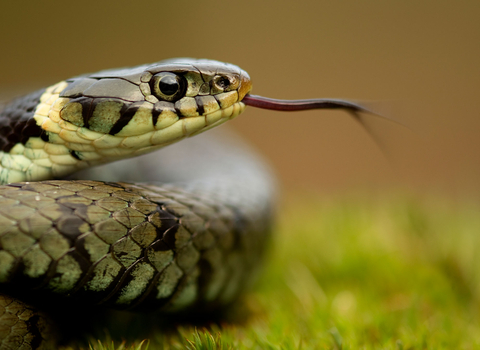
© Danny Green/2020VISION
Grass snake
The grass snake is our longest snake, but don't worry if you find one in the compost heap - it's harmless! Look out for this green and yellow beauty in grasslands and wetlands, too.
Our native lizards
We have 3 species of lizard in Britain. As its name suggests, the common lizard is widespread. The sand lizard is very rare and restricted to only a few sites in Surrey. Despite its appearance, the slow worm is in fact a legless lizard, having lost them some time in it's evolutionary history.

